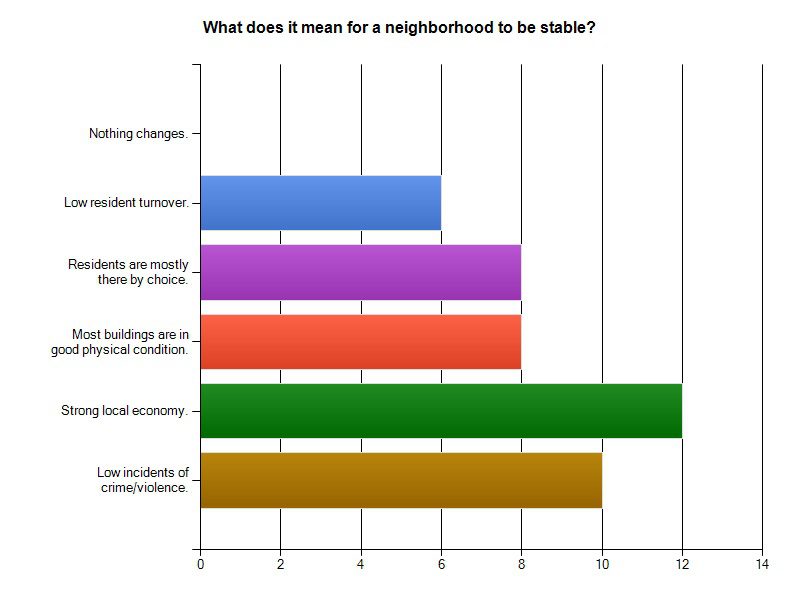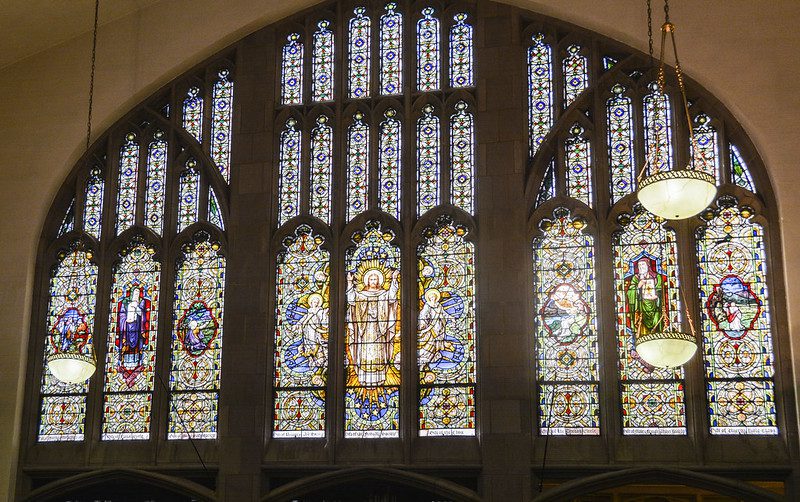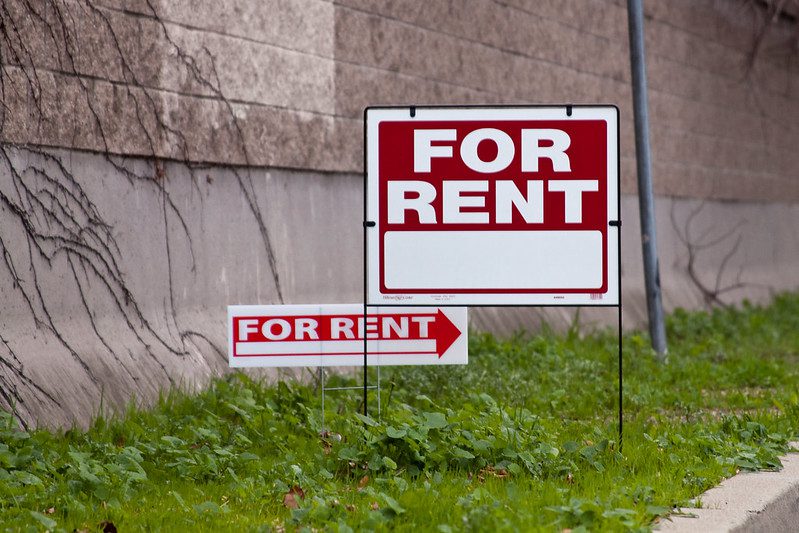What should be the focus of a neighborhood stabilization program? It's an ongoing topic of conversation within community development organizations when deciding where efforts should be focused for the betterment of a neighborhood. Just as the residents themselves are complex, so must be the answer to go about creating a stable place for them to live.
We know what an unstable neighborhood looks like. Alan Mallach describes it in a recent post on Rooflines:
“The neighborhood is beset by destabilizing forces such as vacant properties, foreclosures, predatory landlords, crime and drugs, or other problems that it lacks the internal social or economic resources to solve. Instead of moving ahead, it is falling behind. Second, not enough of the people in the neighborhood actively want to be there; few people who can pick and choose between neighborhoods in the metro are choosing to live there, and too many of the people who already live there would get out if they could afford to. They lack confidence in the neighborhood, either in what it is today or what they expect it to become.”
So what does it mean for a neighborhood to be stable? Last week, we asked our readers to weigh in on that question. Respondents were able to choose more than one answer:
It's not too late to add your opinion. Click here to take the survey or leave a comment below!






Comments